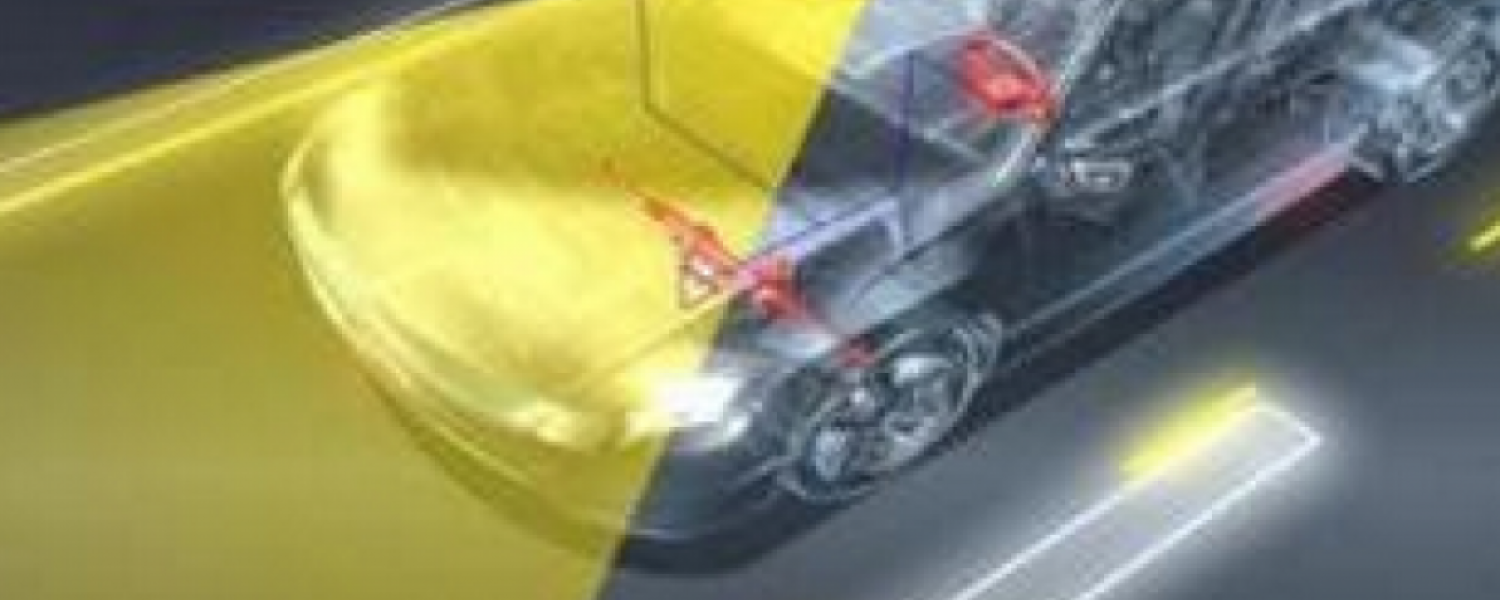
Advanced Driver Assistance System (ADAS)
University
Sponsor
U.S. Department of Energy, General Motors, MathWorks, dSPACE, Freescale
Goals
To design an advanced driver assistance system (ADAS) for automobiles to enhance driver safety, e.g., by tracking lane markers to keep the driver in the correct lane and alerting the driver to other cars and pedestrians. While image processing algorithms exist to track lanes, cars, and pedestrians, the challenge in this project is to implement these algorithms on an embedded board (with CPUs and GPUs) and a very limited power budget.
Issues
Image processing, real-time object recognition, embedded systems, low-power design, parallel programming, graphics, user interface design, sensors, assistive technologies
Tools and Methods
Low-overhead and accurate real-time object recognition
Parallel software implementations of image processing algorithms on GPUs
Real-time sensing and tracking
Low-power optimizations
Driver user-interface design
Desired Majors
Electrical & Computer Engineering
Computer Science
Mechanical Engineering
Prep
Embedded systems, parallel programming, low-power design, sensors, CPU/GPU computing, image processing, real-time object recognition, HCI/User-interface design, GPU programming, automotive electronics, control systems, driver assistance systems
Sponsor
U.S. Department of Energy, General Motors, MathWorks, dSPACE, Freescale